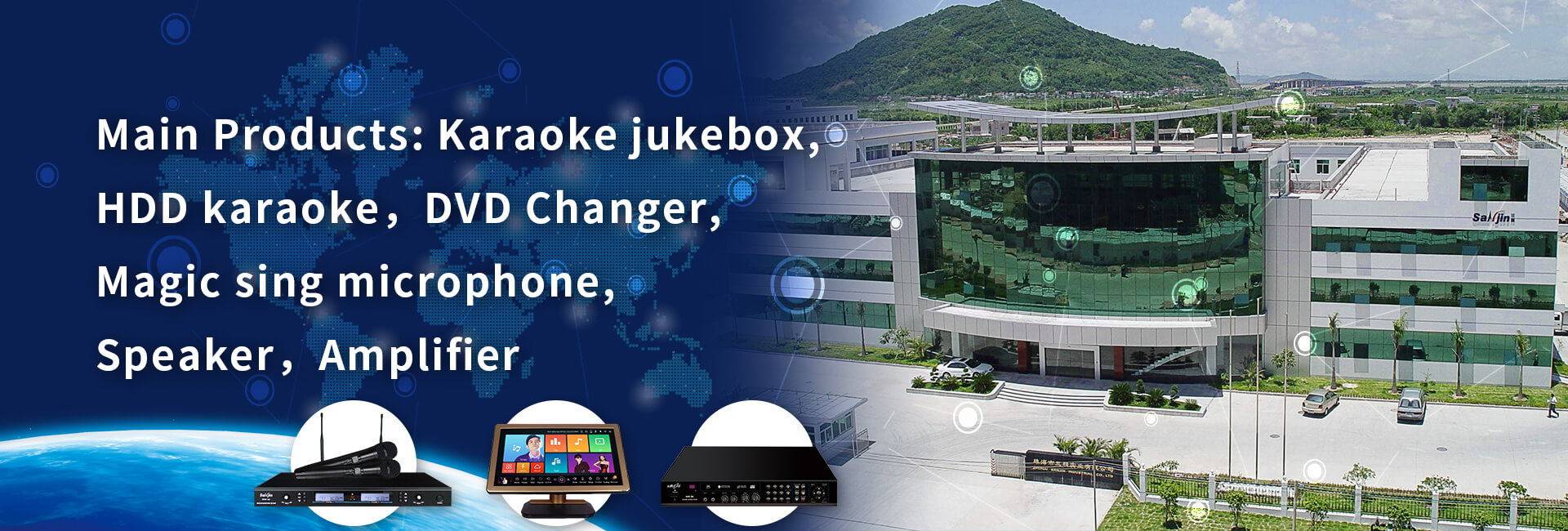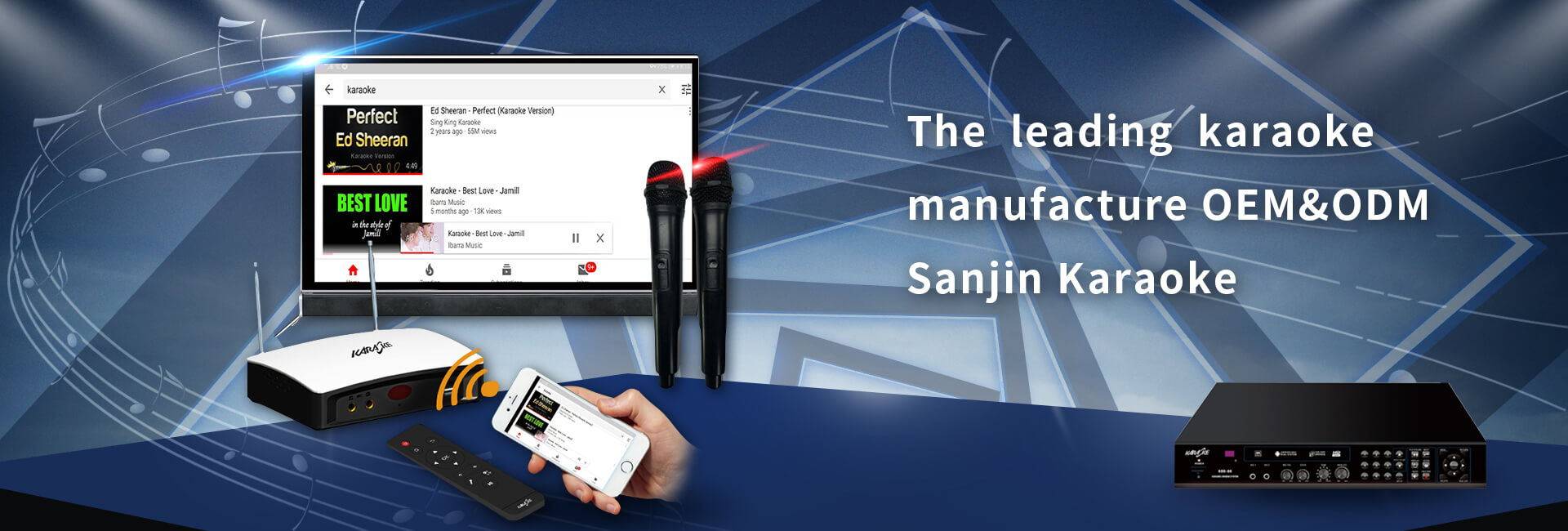As we all know, the acoustic environment of the film and television hall has a far greater impact on the effect of the sound system than any other audio equipment. Although there are many ways to improve the sound environment, too much processing of the film and television studio will make things worse. For example, let the sound diffuse. Diffusion disperses the sound in all directions and can avoid echo. However, if the room is full of diffuse surfaces, the stereo sound image localization will deteriorate, and the sound will diffuse in all directions and cannot be focused as finely as the sound image.
Room acoustics in small rooms are more complicated. Although many audio books and periodicals have dedicated introductions to this, they cannot give precise and pertinent opinions. The problem is that there are many contradictions, and different experts have expressed different views. However, the acoustic environment of the room and the placement and listening position of the speakers have a great influence on the sound reproduction effect. This article will not talk about those esoteric principles and the strange ways of dealing with the room’s acoustic environment. We only introduce some simple and practical methods that you can do to deal with the indoor listening environment.
The film
First, spread a thick carpet on the ground
The ground is probably the most prone to severe reflection of sound waves. Although carpet has no effect on low frequencies, the first thing to do is to absorb some high frequency reflections as much as possible. The early reflections formed in the first 5m5 (old seconds) or a few seconds after the direct sound will become part of the direct sound, and because most of them come from the same direction, they will be heard. Avoid mixing pure-tone speakers with high-frequency sound reflected from the ground. And because it is impossible to add some soft cushions on the ceiling, if you do not lay the carpet on the floor, two parallel highly reflective surfaces will appear, and the sound waves will reflect back and forth between the floor and the ceiling, making the sound unpleasant.
Second, hang curtains on the windows
In some concert halls, reflective glass is always avoided. In the film and television hall, since all the walls are close together, the reflection sound produced by the glass is easy to feel annoying. You can try to hang some openable curtains on the windows and close the curtains while listening to music. In addition, do not place bookcases and furniture with glass front panels in the movie hall.
Third, try to destroy the reflection of parallel walls
Parallel walls, like the floor and ceiling, are likely to produce endless reflections and produce “multiple echoes” that make the sound unpleasant. You can clap your hands hard. If you hear an echo, it means there is something wrong with the film and television hall. Bookshelves, especially bookshelves where books are randomly placed, can cut off the reflections of those parallel surfaces as a diffuser of sound waves. Although many special sound diffusion screens have been sold, putting a few books in the movie hall can achieve quite good results.
4. Paste some foam on the “mirror reflection point” of the tweeter
Unless the empty ceiling is as high as a church, you should put some foam alkyne on the “mirror reflection point” of each tweeter of the speaker. The so-called “mirror reflection point” means that when the mirror is placed on a certain point on the ceiling (or the ground), the tweeter in the mirror can be seen from the listening position. Although the ceiling treatment is not as strict as the floor treatment, it is still very good to be able to handle it properly. Paste foam with a thickness of only a few meters and an area of no more than 0.1m2 on the mirror reflection point of the ceiling, and the indoor listening environment has been improved.
Post time: Jul-05-2021





